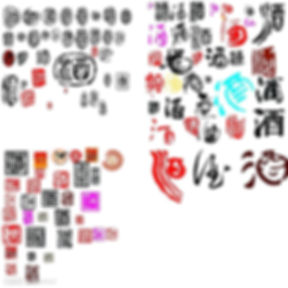Some insight into the pricing of different wines
We are always asked why that bottle of wine so expensive?
Sitting on the shelf, the bottle looks much like the others amongst which it sits! The size is the same, with the tapered opening ending in a cork, or maybe a screw cap. Even labels proclaim that the wine inside comes from the same kind of grape. So what is it that can make one bottle of, for example, a single vineyard in a HK$8000 Burgundy Grand Cru compared to an HK$800 Premium oaked chardonnay from Yarra Valley?
We believe It is too simplistic to say that the marketing positioning, segmentation associated with product theories that explain the wide difference. It may sound unconvincing to you either to say the craft and care that goes into the bottle that makes one more expensive than the other. That would imply that winemakers, marketers and agents don’t put any care into other wines, and that simply isn’t the case. But the more expensive bottles usually have some more hands-on work, some innovative techniques or a different kind of barrel. They all have a factor in the cost. We believe it actually starts right at the very beginning in the vineyard. A basic rule of thumb is the older the vine, the better quality grapes it will yield. The tradeoff is older vines tend to produce fewer grapes, and good vineyard management dictates that some of that fruit will be thinned out to further enhance the quality of the remaining grapes. At this point, it is similar to supply and demand. The quality goes up, but the yield is low. High demand and low supply means higher prices.
We believe there is more.
Technology now where you can run a machine through vineyards at harvest may do a very good job. But vineyard managers may still choose to harvest by hand for our top of the line wines, and that means more human resources, more labour and more time. Once the grapes come in from the field and are pressed, there is the matter of how and where they are aged. From our view, the wines with high price wines are usually aged in expensive French Oak, which can run between HK$8000 and HK$12000 per barrel. But even after spending up to two years in the barrel, there is no guarantee the wine inside will be bottled and merited as the top wine well written by the wine critics. Each potential blend undergoes rigorous testing and is given multiple taste tests to ensure it has the quality demanded of for that bottle of wine! These taste tests consider not only the chemical properties of the wine (What is the level of alcohol? Is the acidity right? Is it the right colour? How are the tannins?), but also includes a comprehensive taste profile and evaluation.
Taste testing is a complex process involving multiple blend options and as many trained tasters as possible. The final decision lies, of course, with the head winemaker and top managers. Only when the aroma, taste, mouthfeel, acidity, etc. are in the desired balance will the wine become a good bottle of wine. This is a lengthy process and takes months, not days.
The final step before the bottle is priced and put on the shelf is the enclosure. While many wineries are moving towards screw caps, it is still ingrained in wine culture that the best wines are corked, and the best wines need the best corks to ensure they will age properly.






















